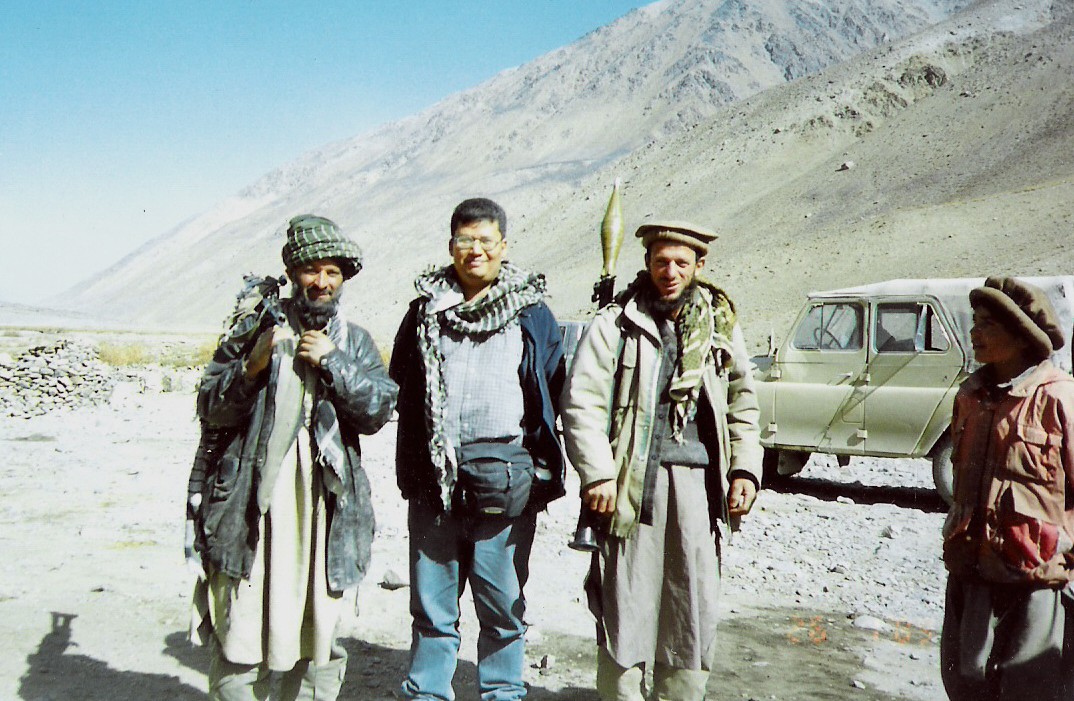Blasts created a lot of noise but not much physical damage, police say
Don Pathan
The Nation
The latest spate of bombs in Hat Yai will certainly shove this southern commercial centre further towards a crisis and prolong its attempt to regain its status as a popular destination for Malaysian and other tourists.
This culturally rich town where Malay, Chinese and English languages are spoken, has never been the same since it was rocked by bombings in April 2005 and September last year.
But unlike previously, Thailand's top security officials have refrained from speculating that insurgents from the deep South were behind the attacks on Sunday night.
This differs greatly from before, when police were quick to point the finger at a group of zealous militants for a string of high profile attacks, including the April 2005 Hat Yai Airport bombing, and the blitz in Yala three months after.
Police named Faisal Haji Isma-ae and Abdul Kamae Saleh as the heads of this militant cell.
Because of the choice of targets and the scale of the damage, authorities said the 2006 Hat Yai attacks had crossed a new threshold. The six simultaneous bomb blasts killed four and injured about 70 people in crowded areas popular among local and foreign visitors. The implications went far beyond the Muslim-majority South, where the ongoing violence has claimed more than 2,200 lives since January 2004.
Some speculated that the 2006 "hit" was a sign of things to come: militants would target high-profile places to create the greatest possible psychological impact, now that they had struck in Hat Yai.
History has shown that successful attacks usually lead to bigger, more lethal dramas.
But the seven bombs last Sunday didn't seem to fall in that pattern.
However, this could well be a simple exercise in tactics.
Hat Yai streets were more or less emptied of Malaysian tourists, who were well on their way back home when the bombs went off. Moreover, none of the bombs had shrapnel and all appeared to have been small and quickly assembled.
Authorities said Sunday night's bombs were similar to those in Bangkok recently: lots of noise and political headaches, but not much physical damage.
With or without the insurgency in the far South, history has shown that Hat Yai, like many other border towns, has long been a battleground for influential figures fighting over control of illicit activities.
Given the fact that Hat Yai is not far from the boundaries of the troubled region - about 100km north of Pattani and about 50km east of Saba Yoi district, where another fatal bomb was detonated at a fresh market yesterday - it is understandably tempting to link any disturbances to the ongoing insurgency.
Coming up with a convincing answer as to how the mess in Hat Yai can be understood will be just as difficult in finding the culprits behind these attacks, who not only inflict death and injuries, but also cripple the local economy.

No comments:
Post a Comment